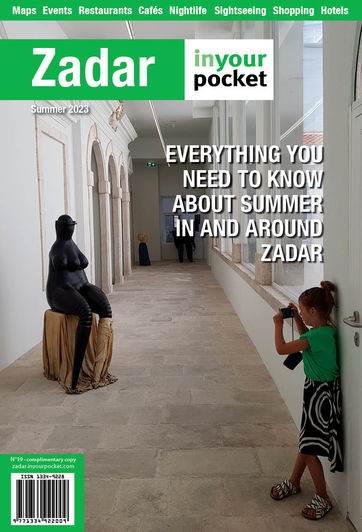Benkovac - Asseria
Refine your search
Choose Categories
North of Zadar
Nin
Novigrad
Zaton
Paklenica National Park
South of Zadar
Biograd n/m
Inland from Zadar
Benkovac
Agritourism
Islands
Dugi otok
Rava
Iž
Ist & Molat
Pag
Pašman
Silba, Olib & Premuda
Ugljan
Explore Around Zadar
The Northern Velebit National Park
Choose Amenities
Credit Cards
Dogs Allowed
No Credit cards
Submit




